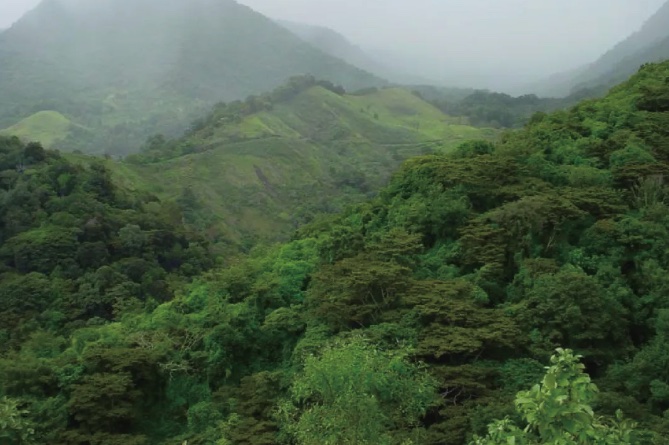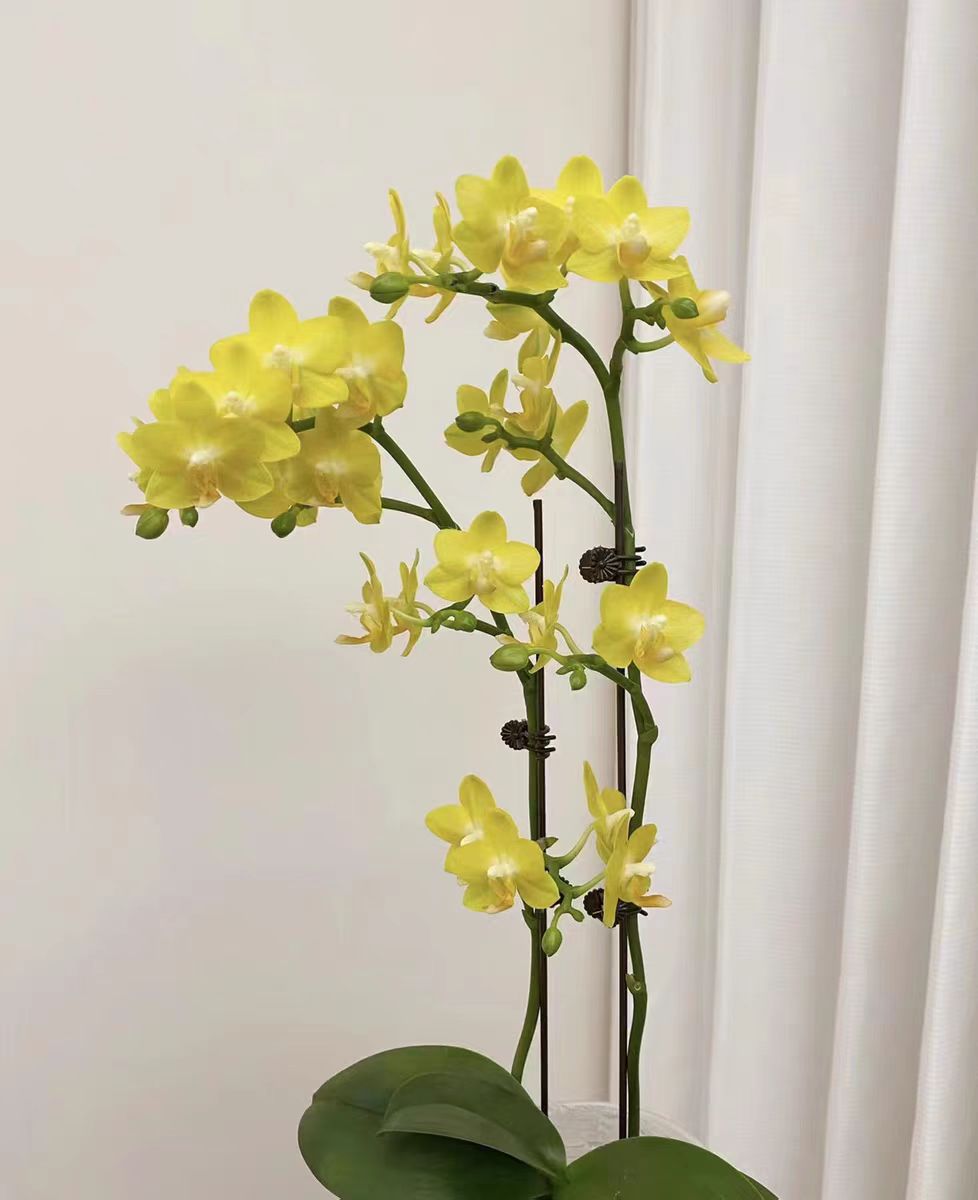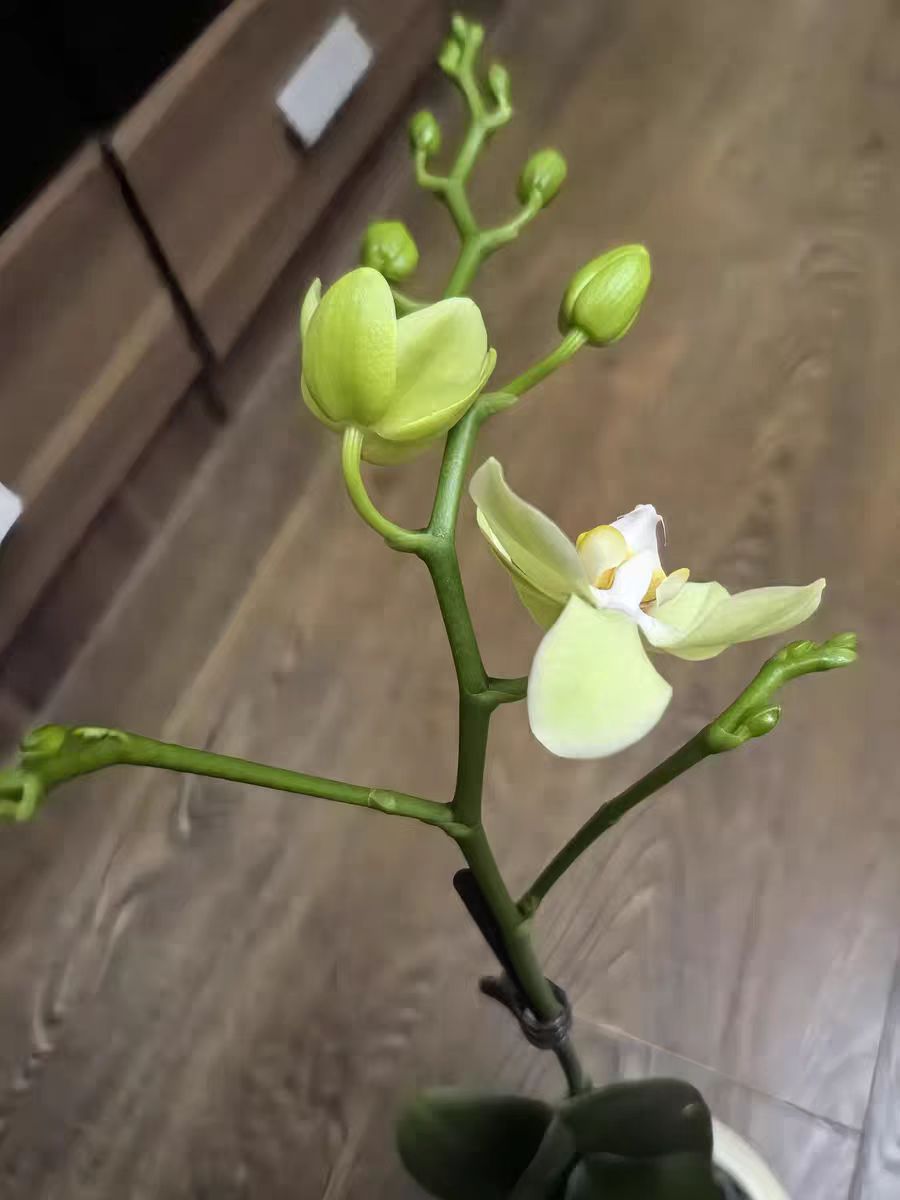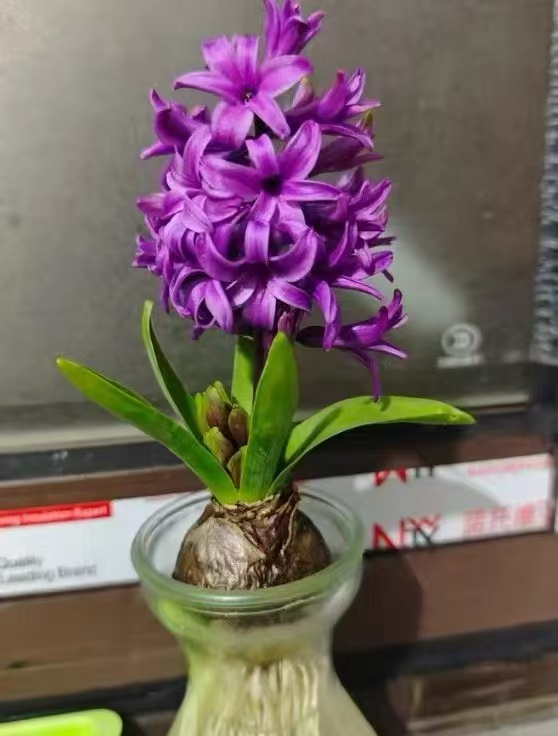Why Panama coffee beans are the most popular coffee | Introduction to Boquete coffee growing areas
Panama coffee is well-known in the global coffee market, especially Geisha varieties. In 2005, the Geisha planted by Hacienda La Esmeralda won the Best Panama BOP competition and was auctioned at a high price, becoming famous in the coffee industry. Of course, in addition, Panama's coffee is more expensive than most growing areas?
Simply put, this is the difference between modern agriculture and traditional agriculture. Ethiopia is traditional coffee agriculture, with natural coffee bean varieties, natural growth environment, and natural processing methods. Panama's production area is just the opposite. Variety selection, optimized growing environment, and optimized processing methods all need to be paid attention to.

Panama is located in Central America, bordering Colombia and Costa Rica to the south, the Pacific Ocean to the south, and the Caribbean Sea to the north. It is in the shape of an "S" connecting North and South America, so it is known as the "Bridge of the World".
Panama has undulating terrain, crisscrossed valleys, and is mostly mountainous except for the north-south coastal plains. It is close to the equator and has a tropical oceanic climate, with humid days and cool nights, and an annual average temperature of 23-27°C. The whole year is divided into dry and rainy seasons, with an annual average precipitation of 1,500-2,500 millimeters. In addition, Panama is rich in natural resources, with many rivers, and more forests are retained to protect the natural ecological environment, accounting for 57% of the land area. Coffee is mainly grown near the volcanic area in the western province of Chiriqui, Panama, with fertile soil brought by volcanic ash, high altitude, and moderate rainfall. The microclimate makes it an excellent coffee producing area, and agriculture has also become an important industry in Panama, just like tourism.
Boquete region
The coffee growing areas are mainly divided into Boquete, Volcan-Candela, and Renacimiento. These growing areas are located around the three volcanoes in the country: Volcán Baru, El Valle, and Le Yeguada. The volcanic ash from these volcanoes makes the soil more fertile and suitable for coffee cultivation.
Boquete is the most well-known coffee growing area in Panama. Thanks to the excellent growing conditions in this area, there are many well-known estates in the growing area, such as Hacienda La Esmeralda, Elida Estate, and Duncan Estate. Coffee is grown here at 1,200-2,000 meters above sea level, with temperatures ranging from 11°C to 27°C, neither too cold nor too hot, with a large temperature difference that allows the coffee cherries to grow slowly and develop flavor. In addition, there is moderate rainfall, fertile soil brought by volcanic ash, sufficient sunlight, and a special local microclimate, which allows the production of high-quality coffee in this region.
Currently, there are two types of Geisha blends of coffee beans in Front Street Coffee. One is Strawberry Sugar from Mirazu Estate in Costa Rica, which is composed of Geisha, ET47, SL28, and Maico. The other is Flower Butterfly coffee beans from the Boquete region in Panama, which is composed of 70% Geisha, Caturra, and Catuai.




Leave a Reply